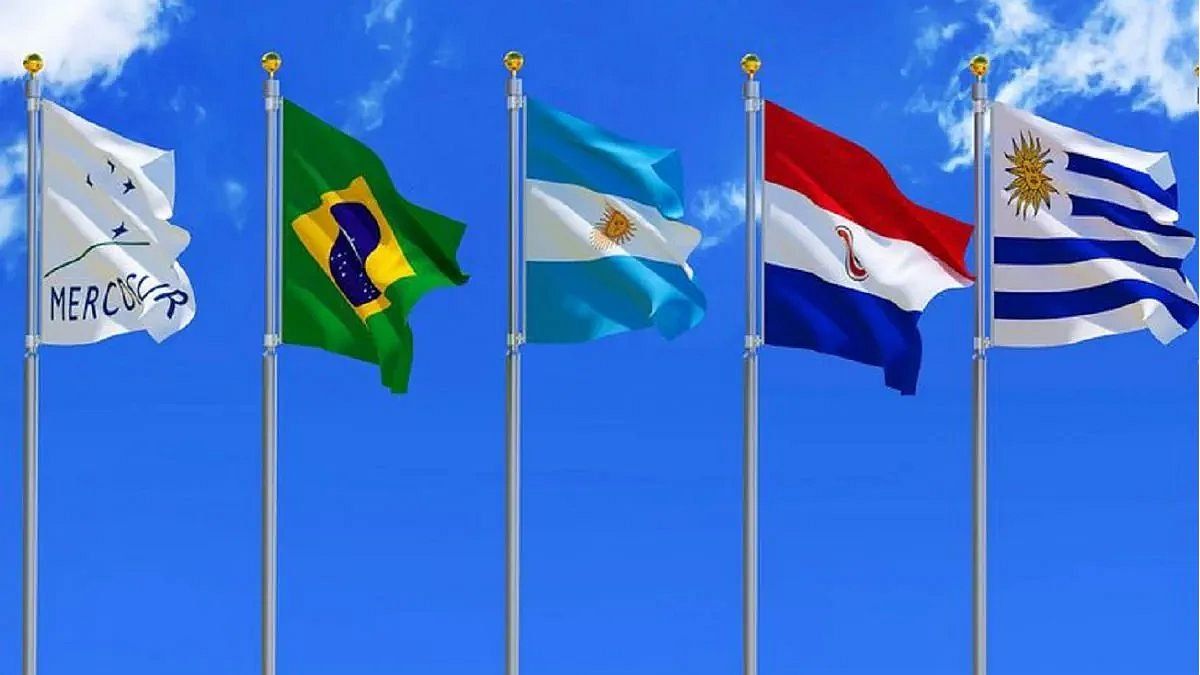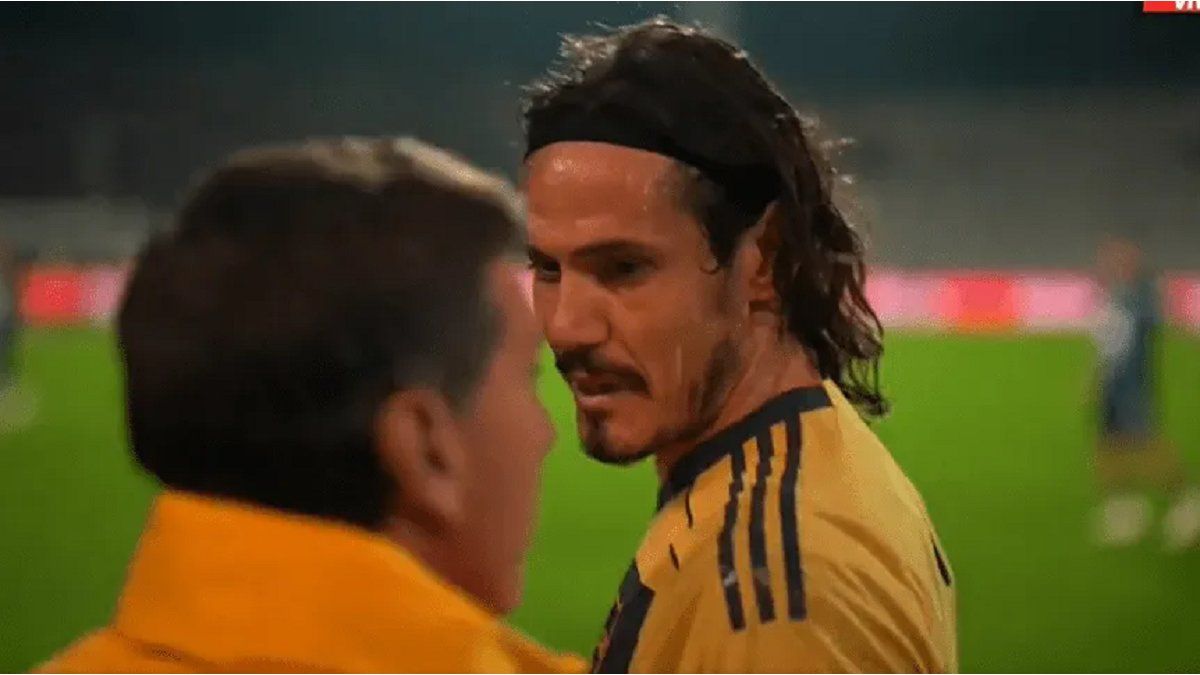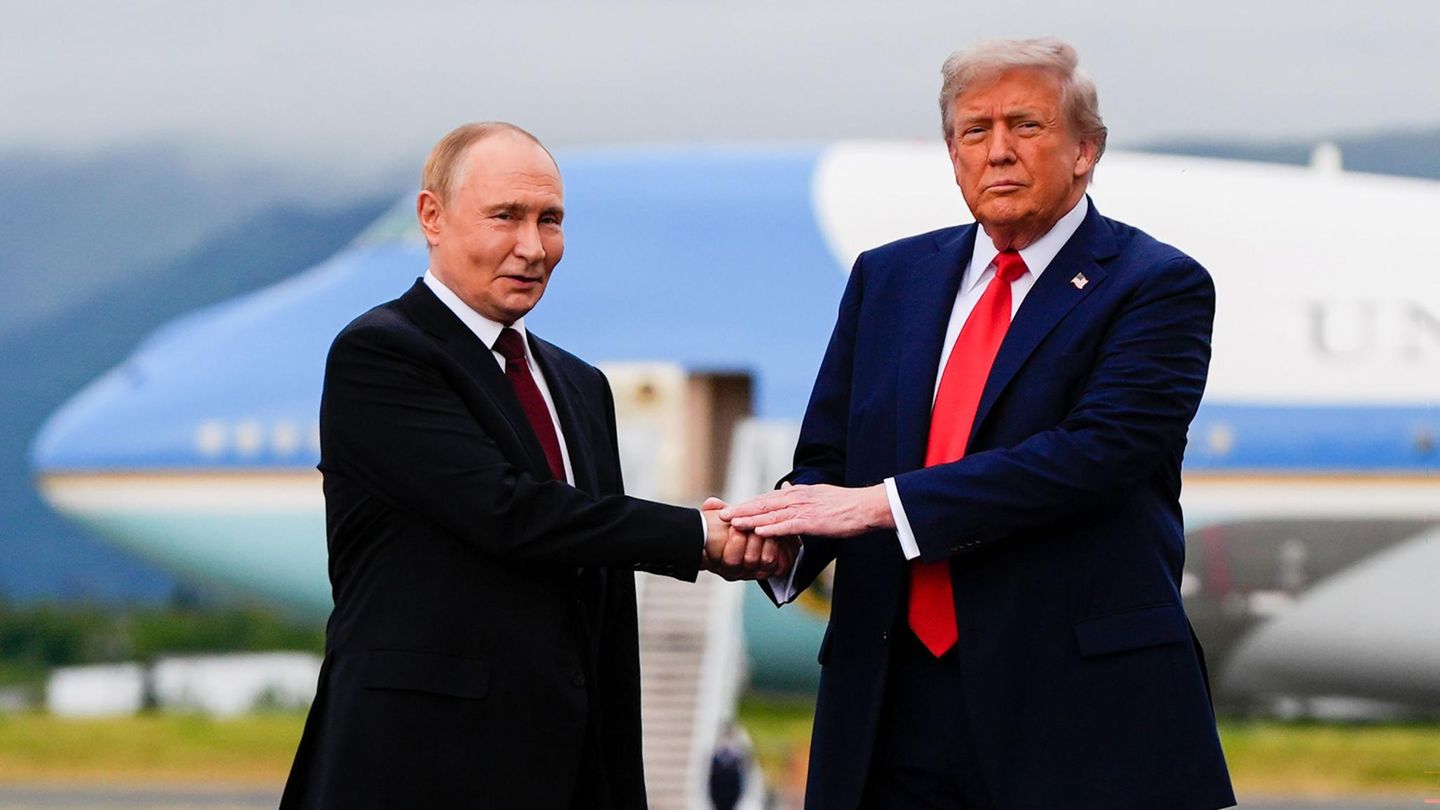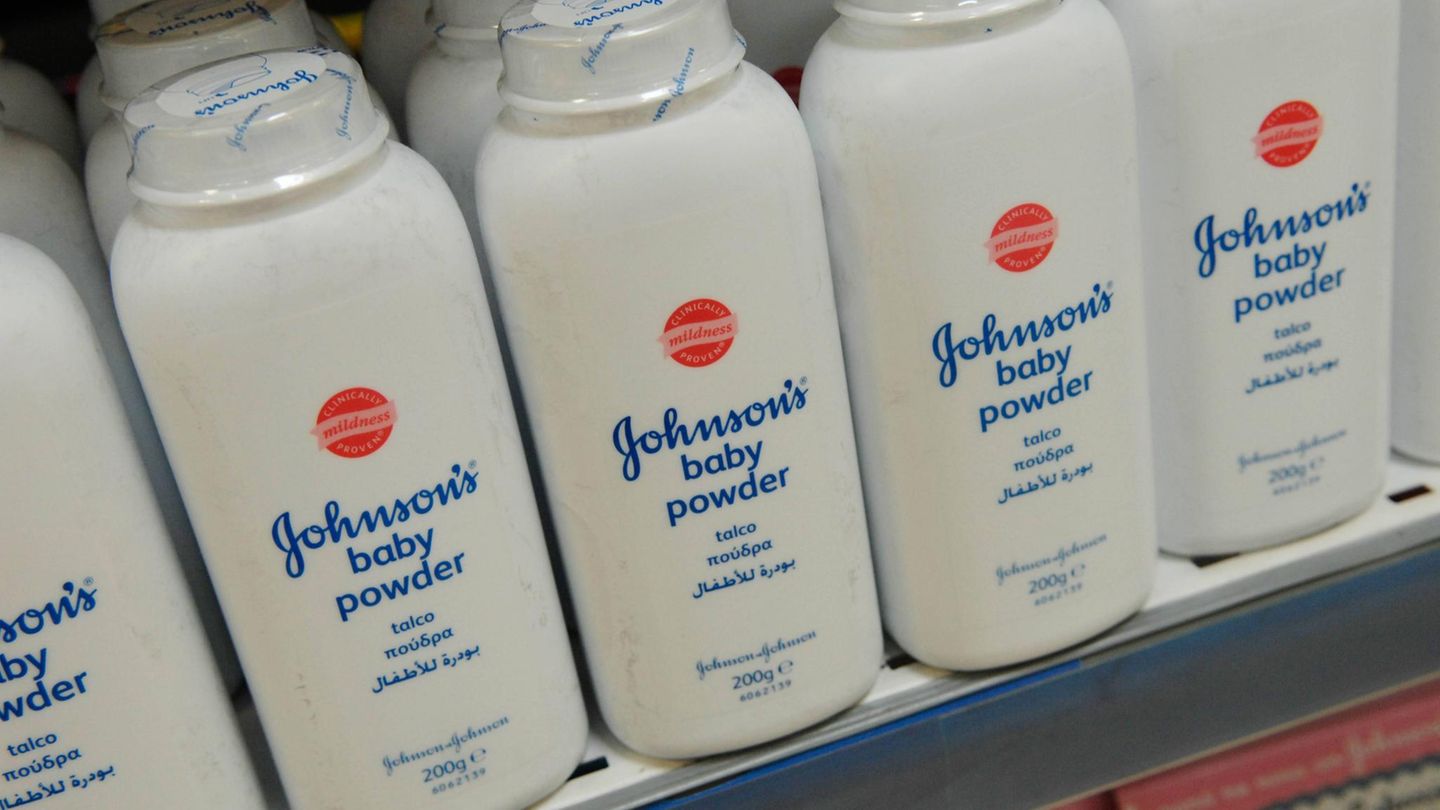President Javier Milei will not attend the summit of heads of state of the bloc Mercosur trade union on July 8 in Asuncion, Paraguay, according to its spokesperson on Monday. It should be noted that Argentina is a member of the Mercosur together with Brazil, Uruguay and the country of Guaraní, which holds the presidency of the bloc this semester.
The decision of Milei It comes after a recent verbal exchange with the Brazilian president, Inacio Lula da Silva. The libertarian president called his counterpart a communist, a thief and corrupt. However, the spokesman for the Presidency denied that his absence from the summit is related to this conflict. “We have no problem showing up anywhere where Lula is. He would never fail to attend an event based on his own words. The foreign minister will represent him.” Diana Mondino“the spokesman said at a press conference.
The spokesperson also said: announced that Milei will travel to Brazil on Saturdaybut will not meet with Lula due to an “astronomical” ideological difference between the two.
In this context, Mercosur is undergoing a period of significant changes with the aim of increasing intra-bloc trade. In the coming hours, A reduction in the regional content required for products to obtain tariff preferences within Mercosur will come into effectThis will allow producers in the region to reduce input costs and facilitate their integration into global value chains.
Mercosur: the renewal of the bloc
On July 18, the new Mercosur Origin Regime (ROM) will come into force, replacing the regime in force since 2009. This new regime establishes the requirements and procedures to determine whether a product is exempt from import tariffs in trade between the States Parties to Mercosur. The determination of the origin of products is clear when they are produced entirely within the territory of Mercosur, but it becomes more complicated when incorporating materials imported from outside the bloc.
In the context of global relocation of production, where the import of inputs is common, it is crucial to have an instrument that allows determining the origin of Mercosur products to strengthen regional integration.
Since the signing of the Treaty of Asunción in 1991, the regime has undergone several modifications. The most recent review, initiated in 2019 and concluded in July 2023, sought to modernize the provisions and rules of the regime in accordance with international best practices and the results of external negotiations. This review process involved four years of complex technical work coordinated by the Ministry of Foreign Affairs and the Ministry of Economy, with the participation of the General Directorate of Customs.
Mercosur
The main changes to the new ROM include enabling exporters to self-certify their origin, simplifying and streamlining the procedure. In addition, a more efficient and streamlined procedure for verification and control of origin by customs authorities is established. The text of the ROM is now more coherent and easier to interpret, integrating new concepts and provisions from the agreements negotiated by Mercosur.
The structure of the current ROM was also modified, moving from a general rule of origin with exceptions to a single list with specific origin requirements for the entire tariff universe. An appendix with “Introductory Notes” has been added to facilitate the interpretation of these requirements.
Finally, the new ROM provides for a temporary transition process to facilitate the adaptation of its users and companies to the new instrument.
Source: Ambito




